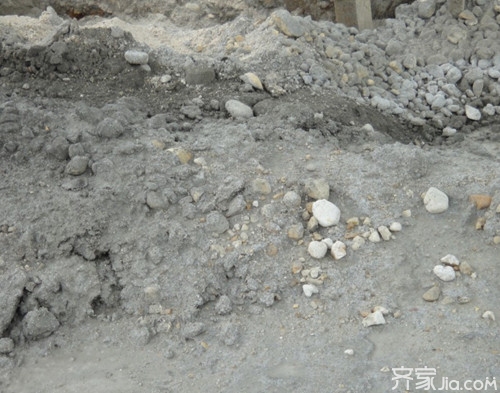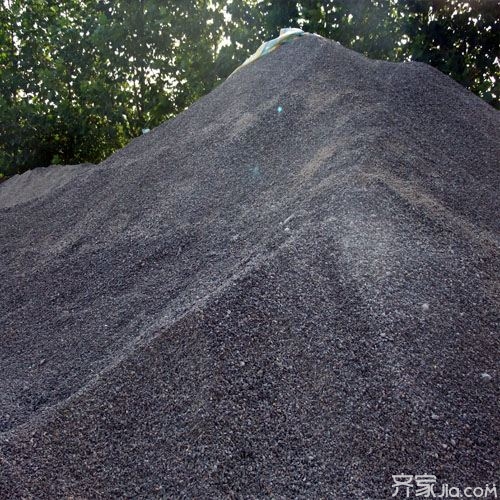Cement can be said to have a very important role in our lives. No matter where there is a figure of cement, then as an important material, how much do you know about cement materials ? What is cement raw material ? Let's take a look with Xiao Bian below. What is cement raw material The cement is ground by mixing limestone, clay and iron ore finely. At this time, the mixture is called raw material. Then calcined, the general temperature is about 1450 degrees, the calcined product is called clinker. The clinker and gypsum are then ground together and mixed in proportions to be called cement. The cement at this time is ordinary Portland cement. Cement is generally divided into ordinary portland cement, portland cement with mixed materials and special cement. Portland cement mixed with mixed materials is added to other materials in ordinary Portland cement according to the proportion and certain processing procedures to achieve special effects, such as slag cement, pozzolanic portland cement, fly ash portland cement, Composite Portland cement and so on. The raw materials of these cements are more active mixed materials or non-active mixed materials than the original ordinary portland cement. The special cement has some differences in the material stage and the manufacturing process. For example, the material of the high-aluminum cement (aluminum cement) is bauxite, and the limestone is calcined to obtain the clinker, which is then ground into an aluminate cement. There are some other features of cement that are of lesser use. Let's talk about it. Such as white cement, mainly used for decorative works, the material is pure kaolin, pure quartz sand, pure limestone, calcined clinker at a suitable temperature. Limestone raw material is the largest amount of raw materials used in cement production. It mainly comes from calcareous rocks, such as limestone, marble and chalk, commonly known as cement limestone. The amount of clay material is not as large as that of limestone, but it is also one of the important raw materials. There are many differences in the raw materials of clay, and there are many kinds of them. Most of them are made on the spot. Gypsum is a raw material that must be added in any kind of cement production and has universal applicability. Silica materials are only added when the chemical composition is not up to standard. Other ingredients are mainly based on the market's demand for cement varieties and raw material sources. Mostly local materials, such as the use of fly ash in the vicinity of the washing plant for the production of fly ash Portland cement. Conclusion: Cement raw materials are widely distributed in China. There are certain high-quality cement limestones and other ingredients all over the country, which promotes the rapid development of China's cement industry. At present, the annual output of cement in China ranks first in the world and basically meets domestic needs. In recent years, the production process, energy consumption, and environmental protection have made gratifying progress. The above is a brief introduction to what is cement raw material , and I hope to help you. For more information, please visit this website. Stay tuned. Cement yellow sand cement Pendant light refers to a type of hanging ceiling light, typically composed of one or multiple fixtures. They can come in various shapes and sizes, from simple spherical designs to complex geometric shapes, and from small single lights to large multi-light chandeliers. Pendant lights can be used for general lighting or as a focal point in a room, and come in a variety of styles and materials to suit different decor themes. Pendant lights are commonly used in indoor spaces such as dining rooms, living rooms, bedrooms, and kitchens, providing bright illumination while also serving as a decorative element that adds beauty and personality to the room. Indoor Pendant Light,Black And Gold Pendant Light,Pendant Light For Kitchen,Pendant Ceiling Light Zhengdong Lighting Co., Ltd. , https://www.sundint.com


